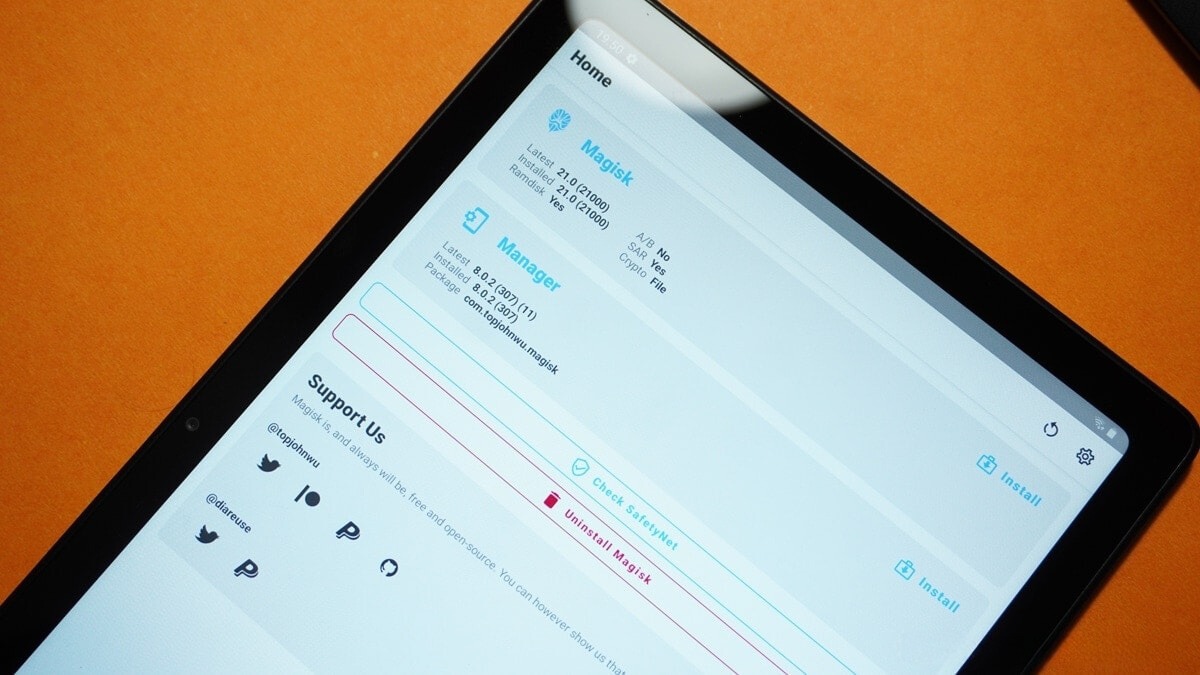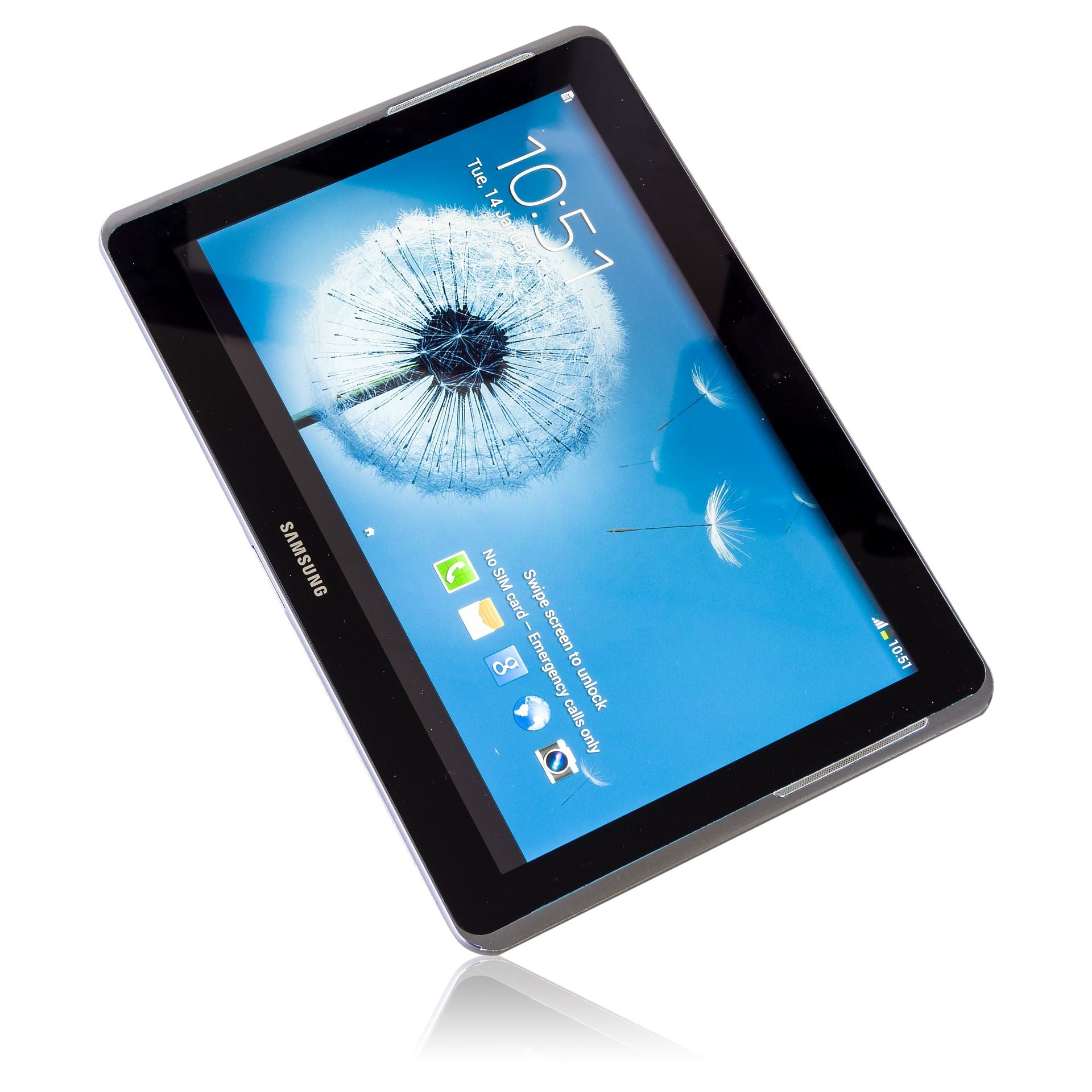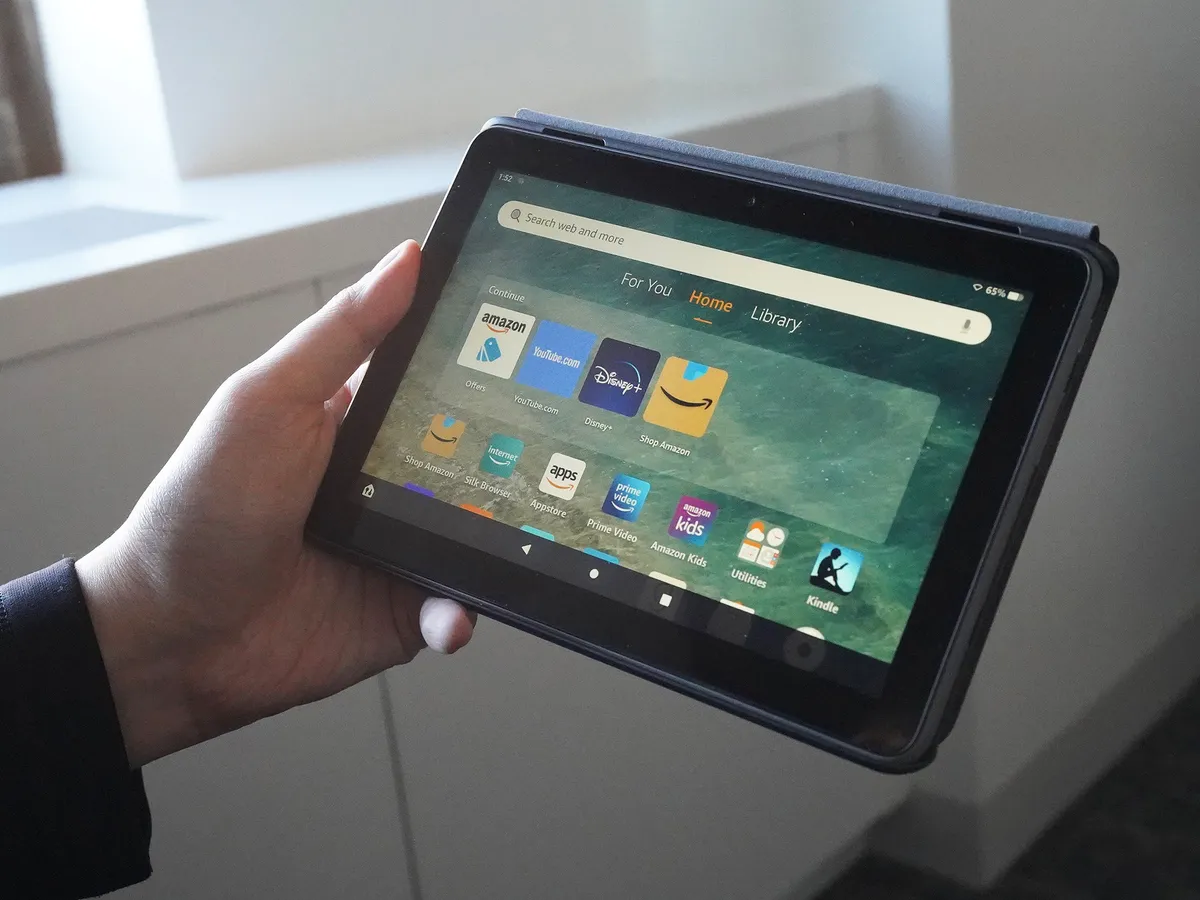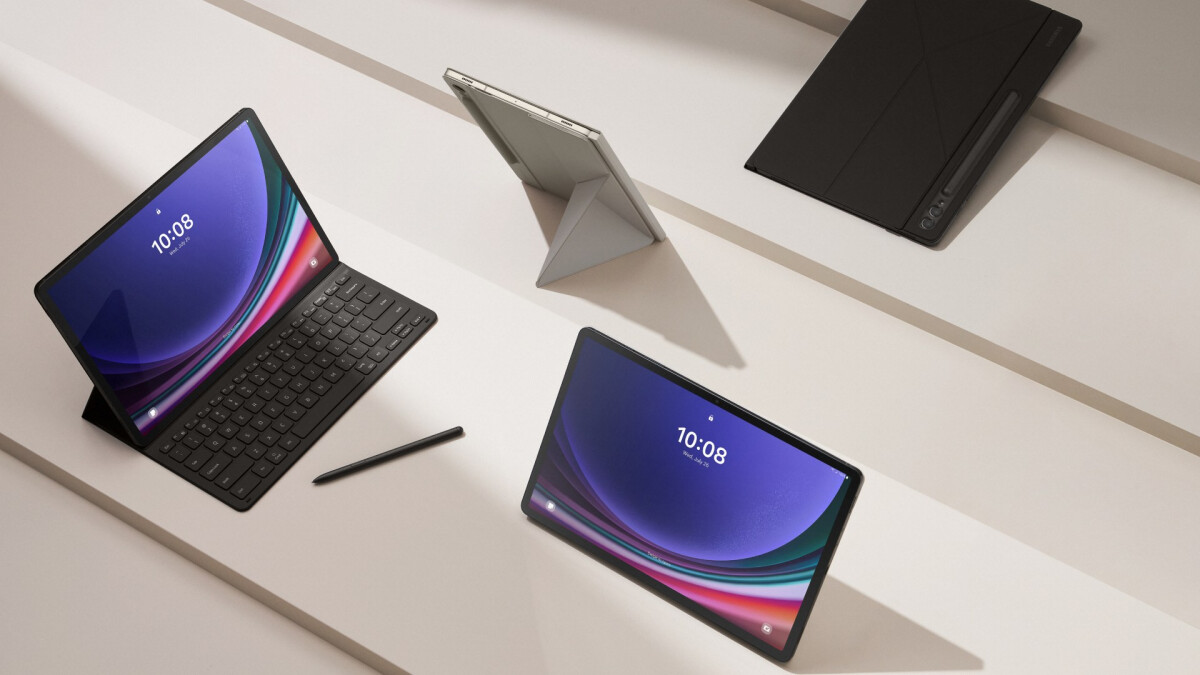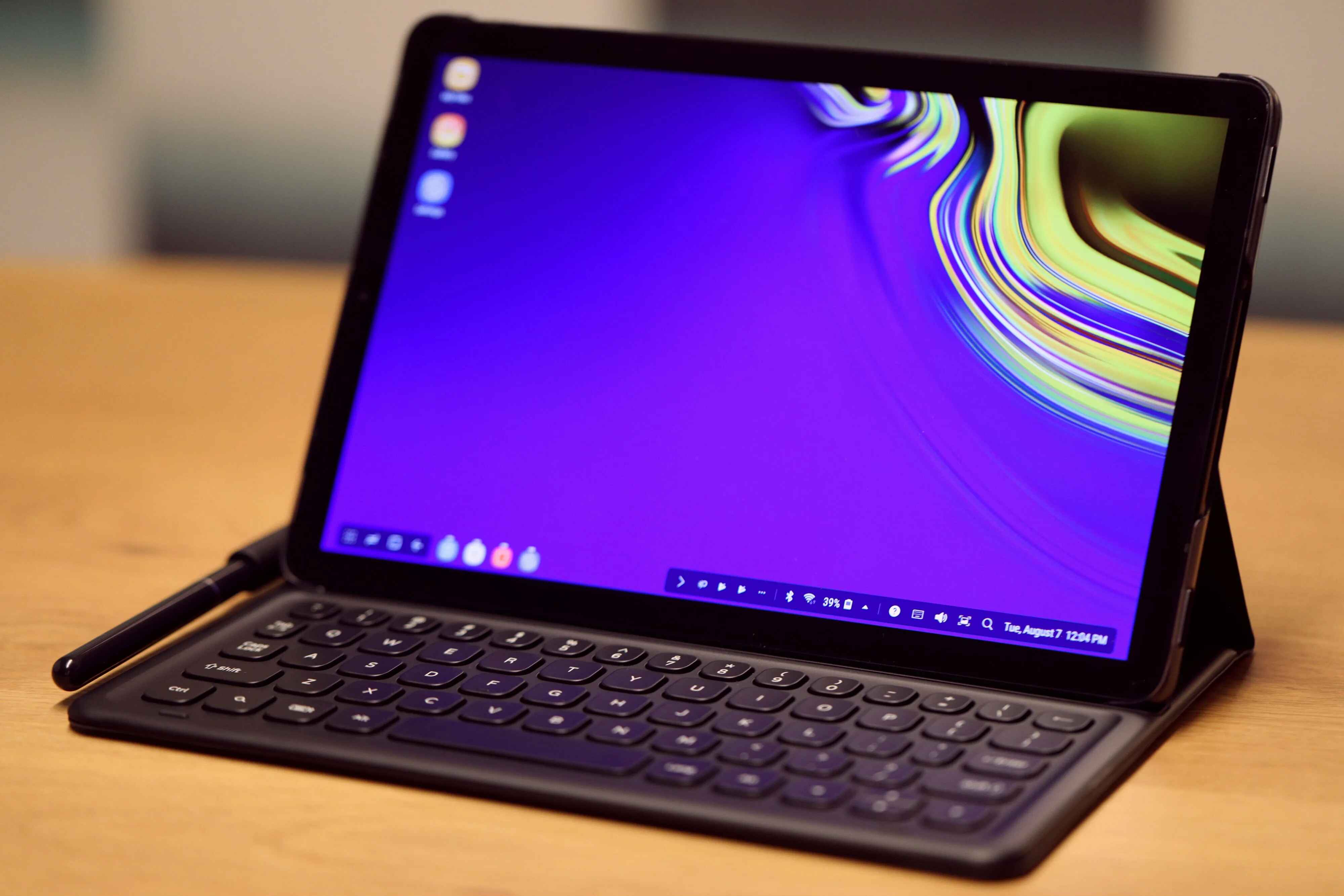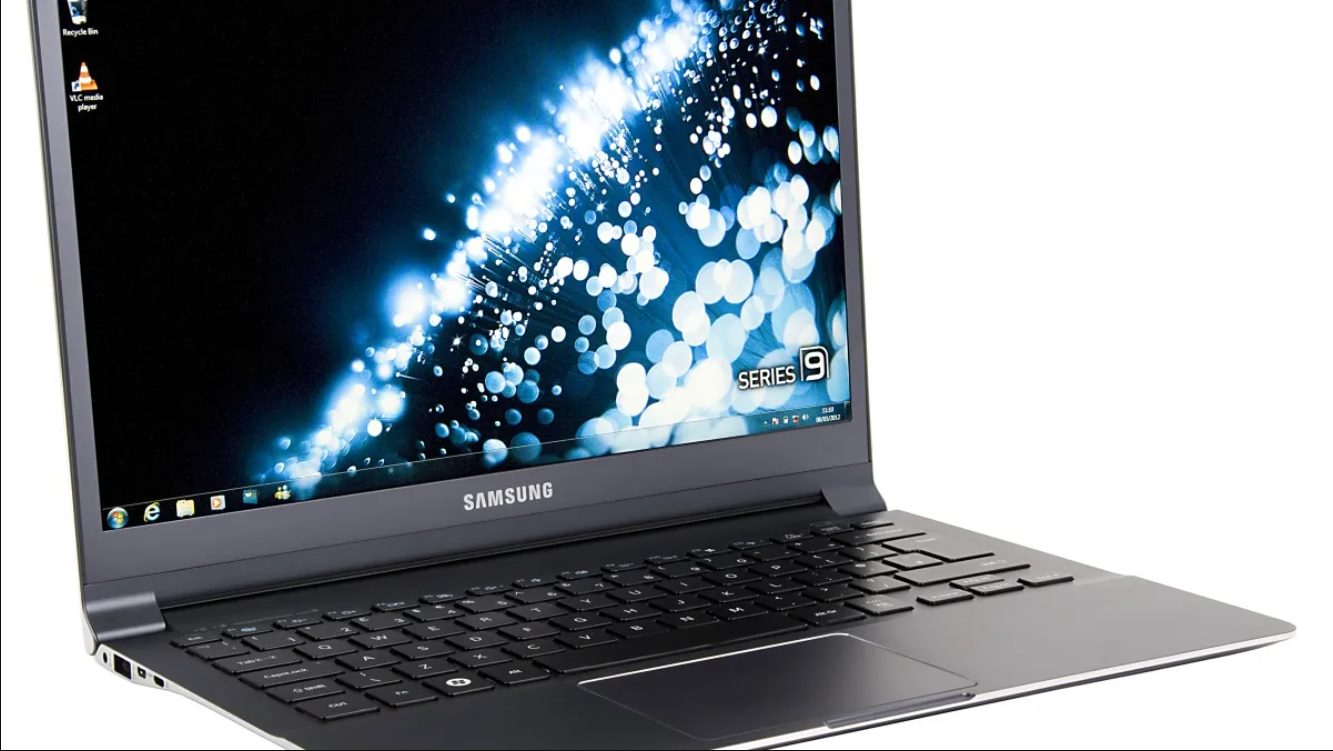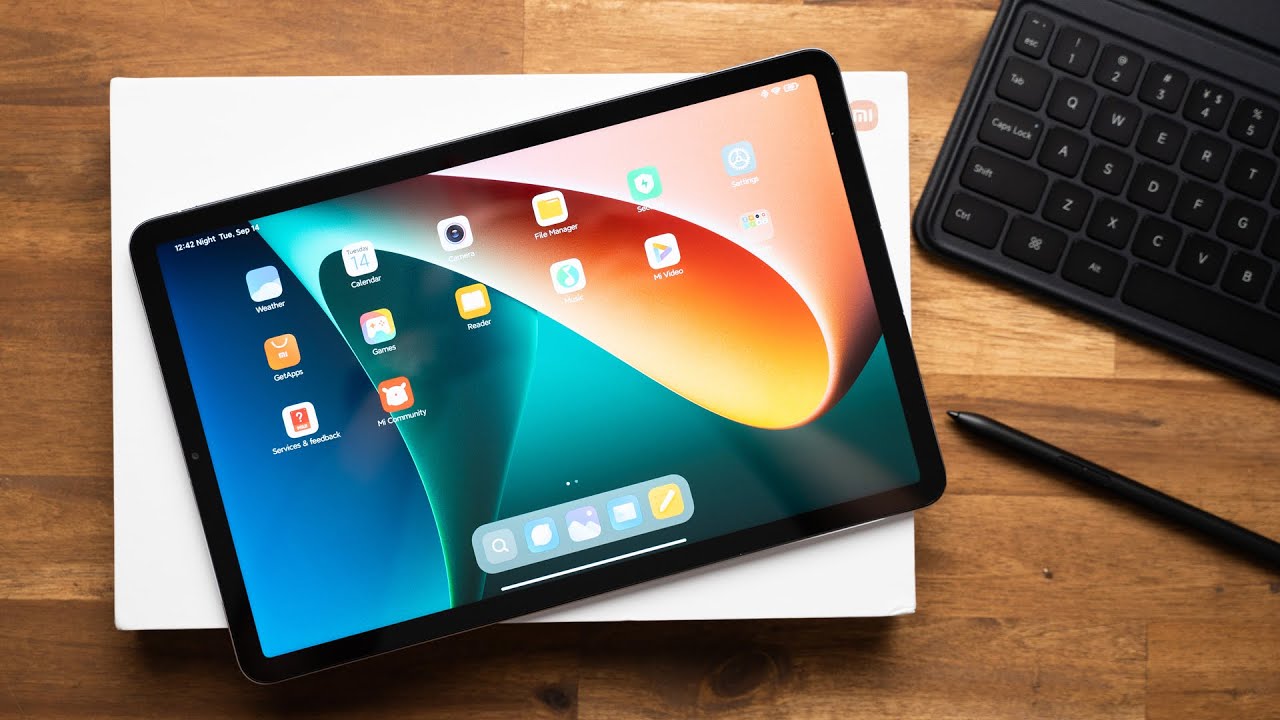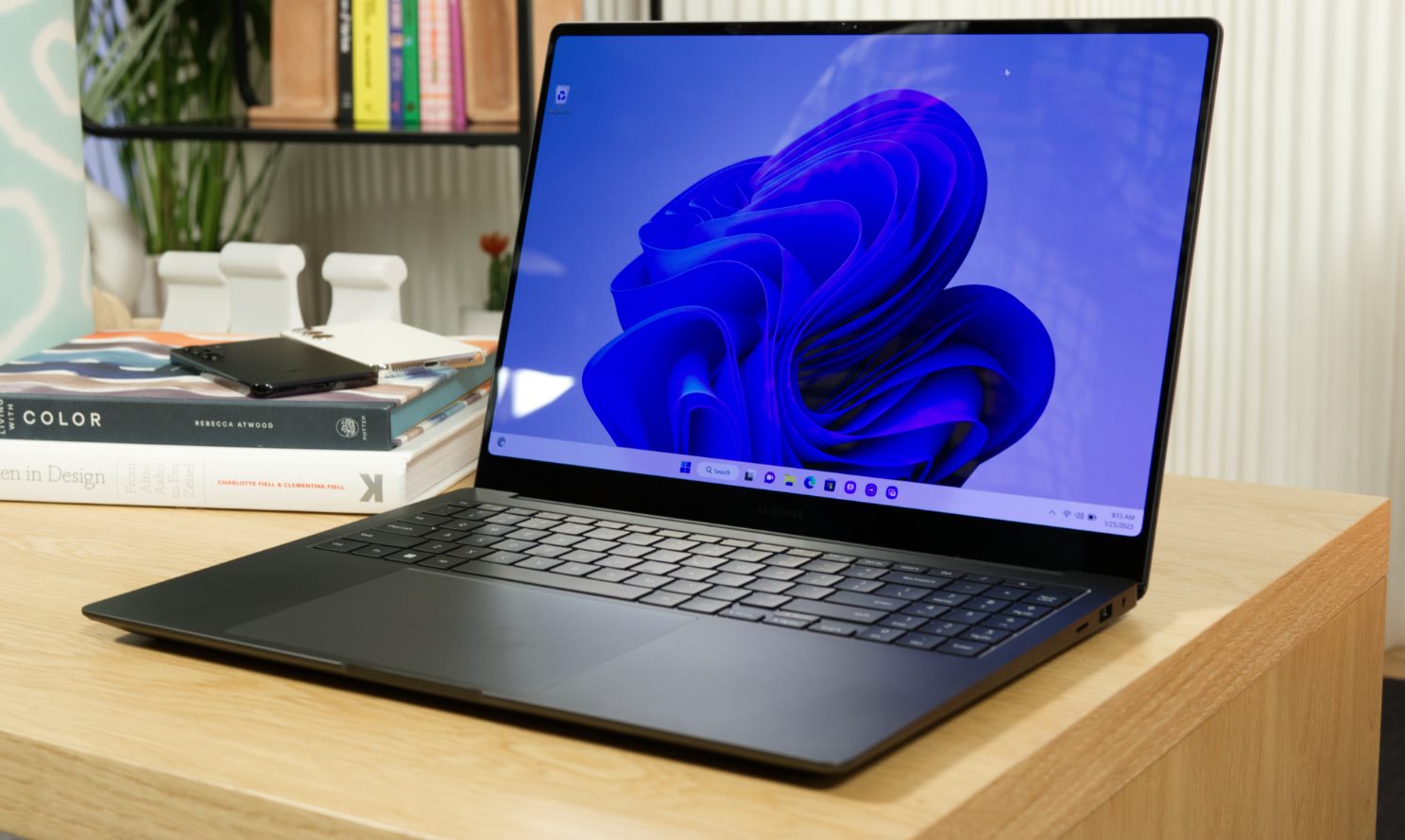Introduction
Welcome to this guide on how to upgrade the operating system of your Samsung Galaxy Tablet. Operating system upgrades offer enhanced features, improved performance, and increased security, making it essential to keep your device up to date. Whether you have an older Galaxy Tab or the latest model, this comprehensive guide will walk you through the steps to ensure a smooth and successful upgrade.
Upgrading your Samsung Galaxy Tablet’s operating system is a valuable process that should not be overlooked. Not only will it provide you with access to the latest features and functionalities, but it will also help protect your device against potential security vulnerabilities.
Please note that the specific steps and procedures may vary slightly depending on the model and operating system version of your Galaxy Tablet. However, the general principles outlined in this guide will apply to most devices in the Samsung Galaxy Tablet lineup.
Before we dive into the steps, it’s important to note that upgrading your device’s operating system may involve downloading and installing large files, which can consume a significant amount of data. Therefore, it is recommended to connect your Galaxy Tablet to a Wi-Fi network to avoid incurring unnecessary data charges. Additionally, make sure your device is adequately charged or connected to a power source to prevent any interruptions during the upgrade process.
Now that we’ve covered the basics, let’s get started with checking for updates on your Samsung Galaxy Tablet.
Checking for Updates
Before proceeding with the upgrade, it is crucial to check if there are any available updates for your Samsung Galaxy Tablet. Here’s how you can do it:
- Open the Settings app on your Galaxy Tablet. You can usually find it in the app drawer or by swiping down from the top of the screen and tapping on the gear icon.
- Scroll down and tap on the “Software update” or “System updates” option. The wording may vary slightly depending on your device model and operating system version.
- Tap on the “Check for updates” button. Your device will now connect to Samsung’s servers to check if there are any available updates.
- If an update is available, you will be prompted with a message indicating the availability of a new firmware version. Tap on the “Download” or “Update” button to proceed.
- Depending on the size of the update, downloading and preparing the firmware may take some time. Ensure that your device has a stable internet connection and sufficient battery charge to avoid any interruptions.
- Once the update is downloaded, your Samsung Galaxy Tablet will prompt you to install it. Tap on the “Install” or “Install now” button to begin the installation process.
- Wait patiently as your device installs the update. Avoid using or turning off your device during this time.
- Once the installation is complete, your Samsung Galaxy Tablet will restart with the updated operating system.
It is important to periodically check for updates as Samsung frequently releases software patches, bug fixes, and feature enhancements. Keeping your device up to date ensures optimal performance and protects against potential security vulnerabilities.
Now that you have checked for updates, let’s move on to the next step – connecting your Samsung Galaxy Tablet to a Wi-Fi network.
Connecting to Wi-Fi
Before proceeding with the operating system upgrade on your Samsung Galaxy Tablet, it is crucial to connect your device to a stable Wi-Fi network. These are the steps you need to follow:
- Unlock your Samsung Galaxy Tablet and open the Settings app.
- Scroll through the options and find “Wi-Fi.” Tap on it to enter the Wi-Fi settings.
- Once you’re in the Wi-Fi settings, toggle the Wi-Fi switch to the “On” position if it is not already enabled. This will allow your device to scan for available Wi-Fi networks.
- A list of available Wi-Fi networks will appear. Tap on the network you want to connect to.
- If the network is secured, you will be prompted to enter the password. Carefully enter the password and tap on “Connect.”
- Your Samsung Galaxy Tablet will now attempt to connect to the selected Wi-Fi network. This process may take a few moments.
- Once the connection is established, you will see a checkmark or Wi-Fi symbol next to the network name, indicating a successful connection.
Connecting to a Wi-Fi network is essential for downloading the operating system upgrade files. It ensures a stable and fast connection, preventing any interruptions during the upgrade process.
Keep in mind that if you are experiencing any issues connecting to Wi-Fi or if the network is not performing optimally, try moving closer to the access point or router, or contact your network provider for assistance. Stable Wi-Fi connectivity is crucial for a smooth and successful operating system upgrade.
Now that you have successfully connected your Samsung Galaxy Tablet to a Wi-Fi network, it’s time to proceed with the next step – backing up your data.
Backing Up Your Data
Before you begin the operating system upgrade on your Samsung Galaxy Tablet, it is crucial to back up your data. This ensures that your personal files, settings, and applications are safely stored in case of any unforeseen issues during the upgrade process. Here’s how you can back up your data:
- Go to the Settings app on your Samsung Galaxy Tablet.
- Scroll down and tap on “Accounts and Backup.”
- Select the “Backup and restore” option.
- Make sure the toggle for “Back up my data” is enabled. This will allow your device to back up your settings and app data to your Google account.
- If you want to back up specific files, such as photos, videos, or documents, you can use cloud storage services like Google Drive, Dropbox, or Samsung Cloud. Install the desired cloud storage app from the Google Play Store, set up an account, and configure the app to automatically back up your files.
- If you prefer a local backup, you can connect your Samsung Galaxy Tablet to a computer using a USB cable and transfer your files manually. Ensure that you have enough storage space on your computer to accommodate the backup.
- Double-check that your data is successfully backed up and accessible before proceeding with the operating system upgrade.
Backing up your data is a precautionary measure that ensures you don’t lose any important files or settings during the upgrade process. Although the risk of data loss is minimal, it is always better to be safe than sorry.
Remember that the time required for backing up your data will depend on the amount of information you have stored on your Samsung Galaxy Tablet. It is highly recommended to have your data backed up and ready before moving on to the next step of the operating system upgrade.
Now that you have successfully backed up your data, it’s time to proceed with the most exciting part – updating the operating system on your Samsung Galaxy Tablet.
Updating the Operating System
Now that you have completed the preparations, it’s time to update the operating system of your Samsung Galaxy Tablet. Here’s how you can do it:
- Ensure that your device is connected to a stable Wi-Fi network and that it has sufficient battery charge or is connected to a power source.
- Go to the Settings app on your Samsung Galaxy Tablet.
- Scroll down and tap on “Software update” or “System updates.”
- Tap on the “Download” or “Update” button to check for the latest firmware version available for your device.
- If an update is available, tap on “Install” to begin the installation process.
- Your Samsung Galaxy Tablet will now download and install the update. The process may take some time, so be patient and avoid interrupting it.
- Once the installation is complete, your device will restart with the updated operating system.
During the update process, it is important to keep your Samsung Galaxy Tablet connected to a stable internet connection and refrain from using or turning off your device. Interrupting the update can cause errors or even damage your device.
After the update is complete, take some time to explore the new features and improvements that come with the updated operating system. Enjoy the enhanced performance, increased stability, and the latest features that Samsung has to offer.
It’s worth noting that depending on your device model and the extent of the update, the installation process may vary slightly. However, the general steps remain the same across most Samsung Galaxy Tablets.
Congratulations! You have successfully updated the operating system on your Samsung Galaxy Tablet. Now you can enjoy the benefits of the latest software version.
In the event that you encounter any issues or have questions during the update process, refer to the troubleshooting section for guidance.
Troubleshooting and Common Issues
While updating the operating system on your Samsung Galaxy Tablet is generally a smooth process, you may encounter some common issues along the way. Here are a few troubleshooting tips to help you resolve them:
1. Slow or Stalled Update: If the update process seems to be taking longer than expected or has stalled, ensure that you have a stable internet connection. Check your Wi-Fi signal strength and consider moving closer to the router. If the issue persists, try restarting your device and initiating the update process again.
2. Insufficient Storage: If you receive a message indicating insufficient storage during the update, it means that there isn’t enough space on your device to download and install the update. To free up space, you can delete unnecessary files, apps, or move files to an external storage device. Alternatively, consider transferring data to a cloud storage service to create more space.
3. Update Failure: If the update fails to install or encounters errors, try restarting your Samsung Galaxy Tablet and initiating the installation process again. If the issue persists, you can try performing a factory reset as a last resort. However, be aware that a factory reset will erase all data on your device, so make sure you have a backup before proceeding.
4. Wi-Fi Connection Issues: If you are experiencing difficulties connecting to Wi-Fi or if the connection is unstable, try resetting your router. Additionally, ensure that your Wi-Fi network is functioning correctly and that you have entered the correct password. If all else fails, you may need to contact your internet service provider for further assistance.
5. App Compatibility: After updating the operating system, some apps may not work correctly or may need to be updated to ensure compatibility. Visit the Google Play Store and check for app updates. If certain apps still have issues, you can try contacting the app developer for support or seek alternatives from the Play Store.
If you continue to experience issues or have other specific problems during the update process, it is advisable to reach out to Samsung’s customer support for personalized assistance. They can provide you with detailed guidance based on your device and specific circumstances.
Remember, troubleshooting issues during an operating system update is normal, and with patience and persistence, you can resolve most problems. Don’t hesitate to seek help if needed, and enjoy the benefits of an updated operating system on your Samsung Galaxy Tablet.
Conclusion
Congratulations! You have successfully upgraded the operating system of your Samsung Galaxy Tablet. By following the steps outlined in this guide, you have ensured that your device is equipped with the latest features, enhanced performance, and improved security.
Remember, keeping your Samsung Galaxy Tablet updated is essential for optimal performance and protection against potential security vulnerabilities. Regularly checking for updates, connecting to a stable Wi-Fi network, and backing up your data are all crucial steps in the process.
In the event that you encounter any issues during the upgrade process, refer to the troubleshooting section for assistance. You can find remedies for common issues you may face and steps to resolve them.
Now that your Samsung Galaxy Tablet has the latest operating system, take some time to explore and enjoy the new features and improvements that come with it. Enjoy the enhanced performance, increased stability, and the latest functionalities that Samsung has designed for you.
Thank you for following this guide on how to upgrade the operating system of your Samsung Galaxy Tablet. By staying up to date with software upgrades, you can ensure that your device continues to deliver a seamless and enjoyable user experience for years to come.
Happy exploring with your upgraded Samsung Galaxy Tablet!







